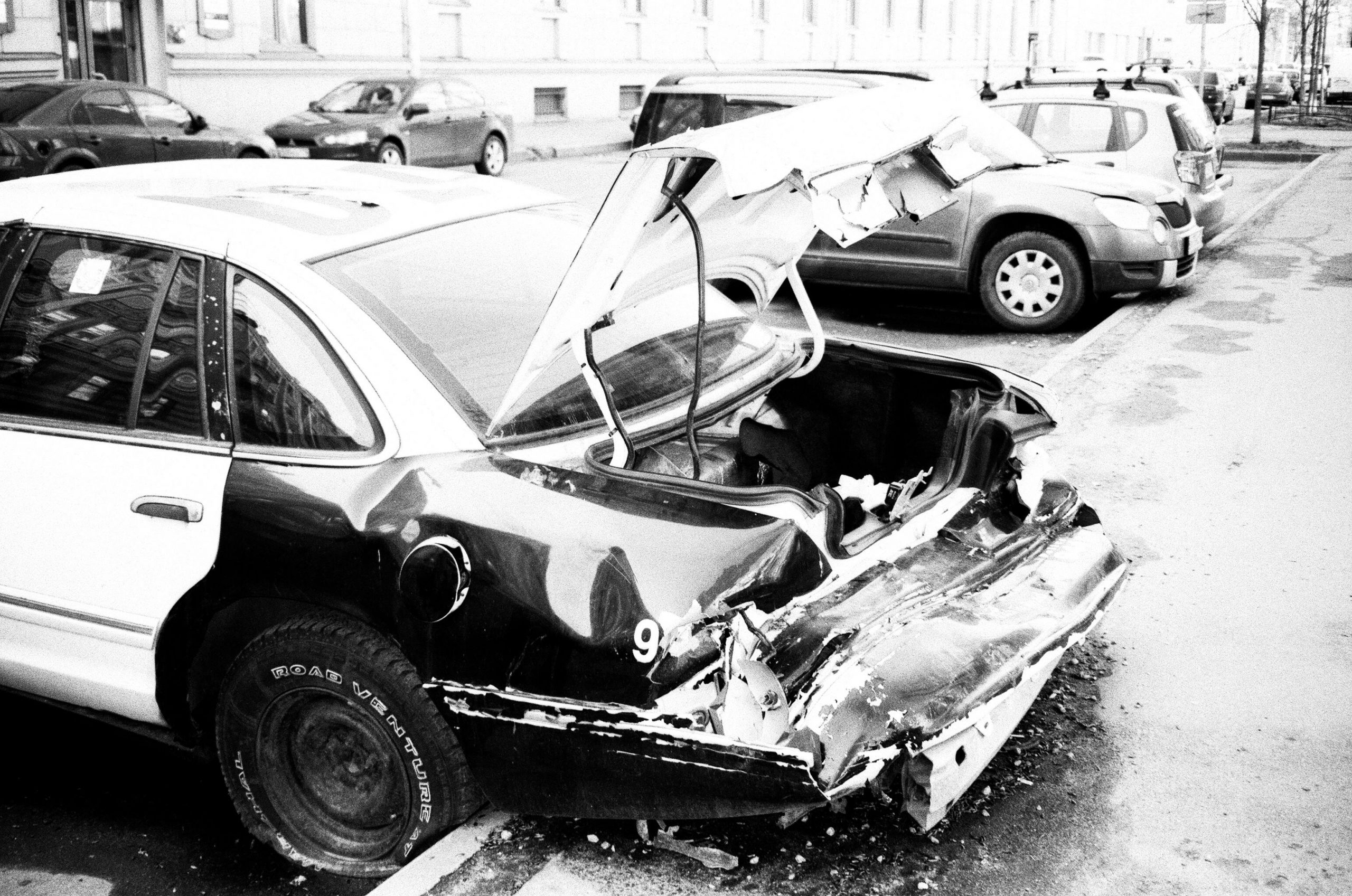The construction industry is a vital part of Northern Ireland’s economy, employing thousands across key cities such as Belfast, Derry/Londonderry, Lisburn, Newry, and beyond. Unfortunately, construction work remains one of the most hazardous occupations. Over the past decade, 46 workers have tragically lost their lives in workplace accidents on building sites. This stark reality underscores the critical importance of rigorous safety standards and the need for workers to understand their legal rights when injuries occur.
As the construction sector shows promising growth heading into 2025 – with increased investment in public infrastructure, healthcare, education, and industrial projects – there is a renewed focus on protecting workers and preventing accidents.
Common Causes and Risks of Building Site Injuries in Northern Ireland
Building and construction sites present numerous risks that can lead to serious injury or even death. Based on our extensive experience handling workplace injury claims, the most frequent causes include:
- Falls from height, scaffolding, or ladders
- Being struck by falling objects or machinery
- Slips, trips, and falls on uneven or cluttered surfaces
- Injuries from manual handling of heavy materials or machinery
- Electrocution and exposure to hazardous substances
Recognising these risks helps workers stay vigilant and empowers injured individuals to pursue their legal rights confidently.
Your Legal Rights and Compensation for Construction Injuries
If you have been injured on a building site anywhere in Northern Ireland-whether in Belfast, Derry, Lisburn, Craigavon, or Newry-you may be entitled to claim compensation. Our personal injury solicitors are recognised as experts in construction injury cases and offer trusted advice based on years of professional experience and a deep understanding of workplace health and safety laws across the entire Island of Ireland.
We can assist you with claims that cover:
- Medical treatment and rehabilitation costs
- Compensation for lost wages due to absence from work
- Damages for pain, suffering, and reduced quality of life
- Support for long-term care or retraining if needed
Our team works closely with health and safety authorities, including the Health and Safety Executive for Northern Ireland (HSENI), to build robust claims and hold negligent employers or contractors accountable.
Why Entrust Your Case to Our Personal Injury Solicitors?
Choosing the right legal representation is crucial for securing fair compensation and navigating complex legal processes. Here’s why Northern Ireland workers consistently rely on our firm:
- Proven Expertise: Years of dedicated focus on workplace injury law, with a strong track record in construction-related claims. Read about how we secured over £700,000.00 for a Belfast worker who was injured on the site.
- Local Authority: Serving clients across Northern Ireland, including Belfast, Armagh, Bangor, Omagh, and Newry
- Authoritative Knowledge: Up-to-date expertise on evolving workplace safety regulations and legal precedents
- Trusted Support: Compassionate client care with clear communication and personalised guidance throughout your claim
The Importance of Safety in a Growing Construction Market
The Northern Ireland construction industry is projected to expand significantly in the coming years. This growth presents exciting opportunities but also demands stringent enforcement of health and safety practices to prevent avoidable accidents.
We continuously monitor sector developments and regulatory changes to offer our clients authoritative advice and effective legal representation.
What Steps Should You Take If Suffering from Building Site Injuries in Northern Ireland
If you experience an injury while working on a construction site in Belfast, Lisburn, Craigavon, Bangor, or elsewhere in Northern Ireland, taking the right steps can protect your health and legal interests:
- Seek immediate medical care to ensure your wellbeing.
- Report the incident to your employer and ensure an official record is made.
- Collect evidence such as photographs of the accident scene and contact details of witnesses.
- Keep thorough documentation of all medical treatments and time off work.
- Consult with a specialist personal injury solicitor promptly to evaluate your case.
Contact Experienced Northern Ireland Personal Injury Solicitors Today
If you or a family member has been injured in a building or construction site accident anywhere in Northern Ireland, our experienced solicitors are ready to provide authoritative legal support. We proudly serve clients across Belfast, Derry/Londonderry, Newry, Lisburn, Craigavon, Bangor, Armagh, Omagh, and surrounding areas.
Don’t delay – contact us today for a confidential consultation and learn how we can help you secure the compensation and justice you deserve.
You can also leave us a message via our secure online contact page – an experienced solicitor will call you back the same day.

















